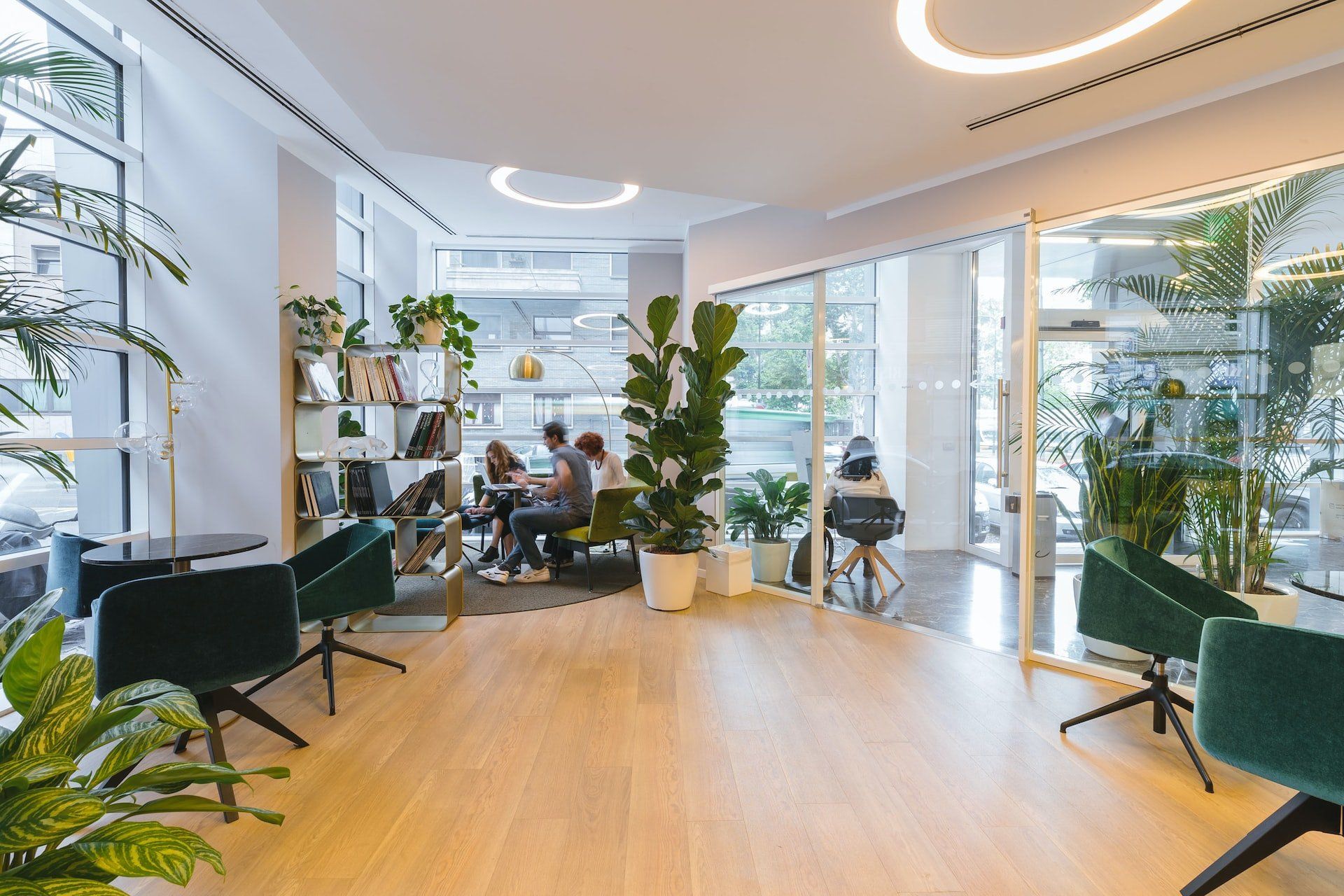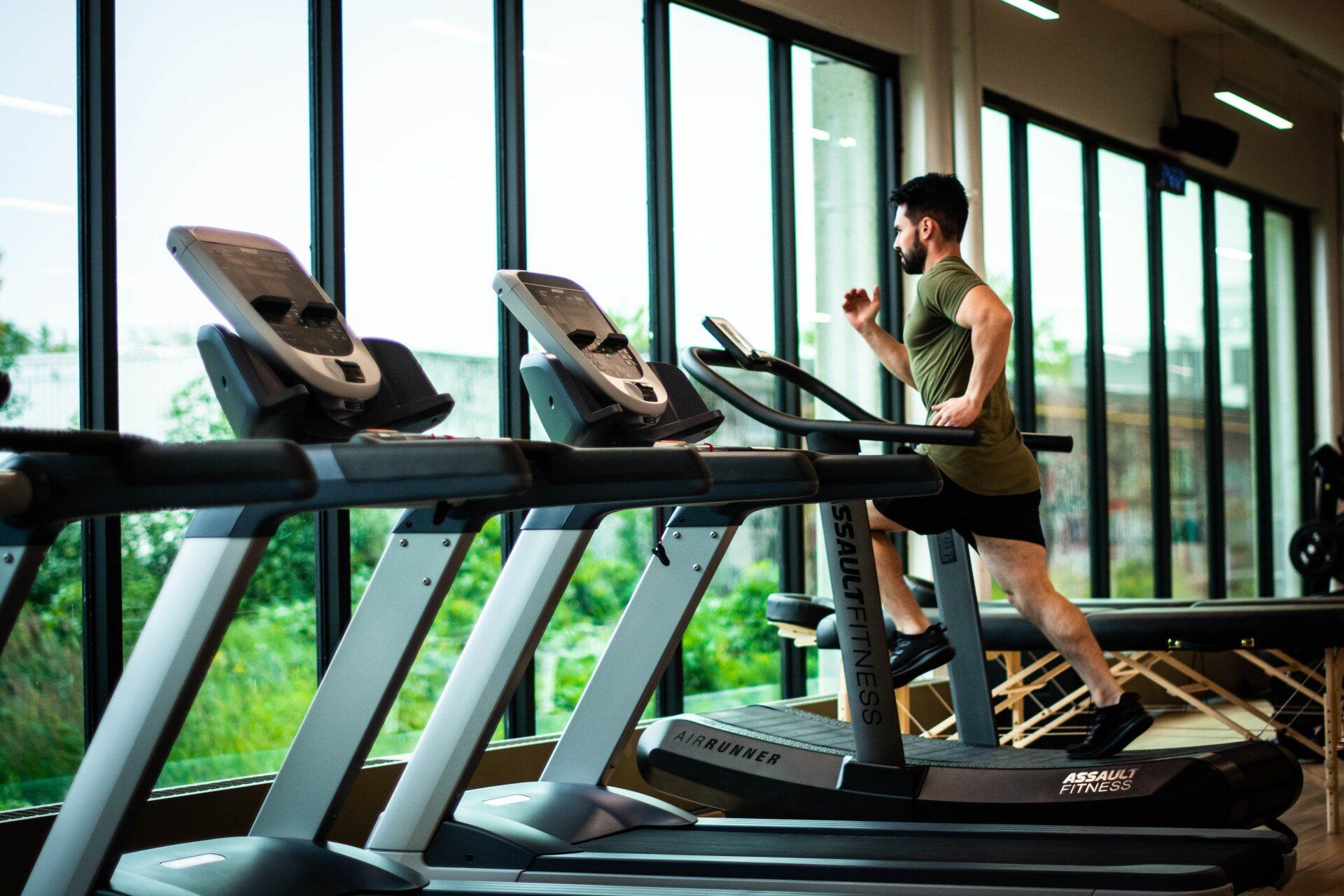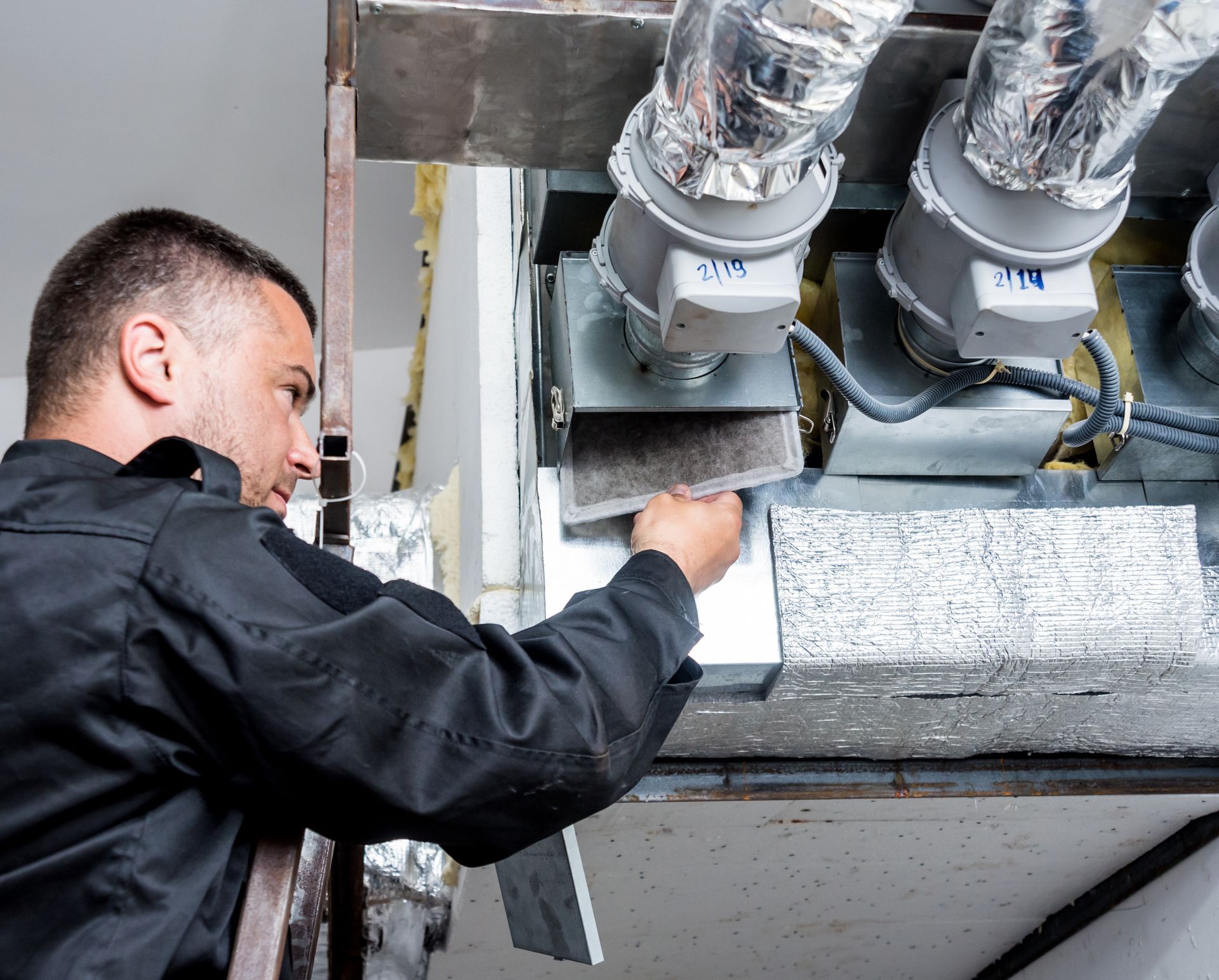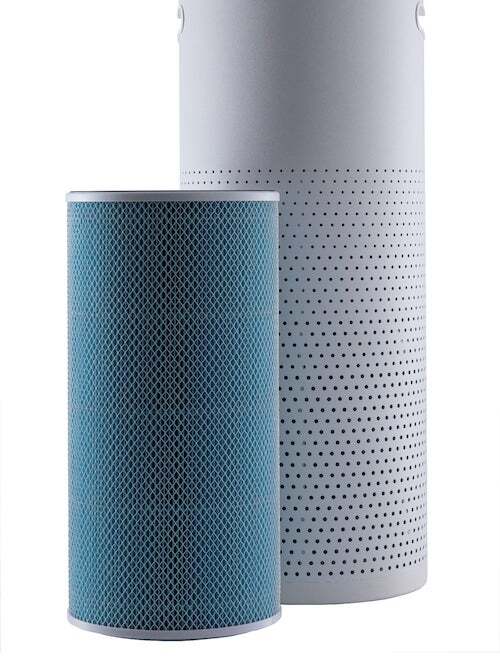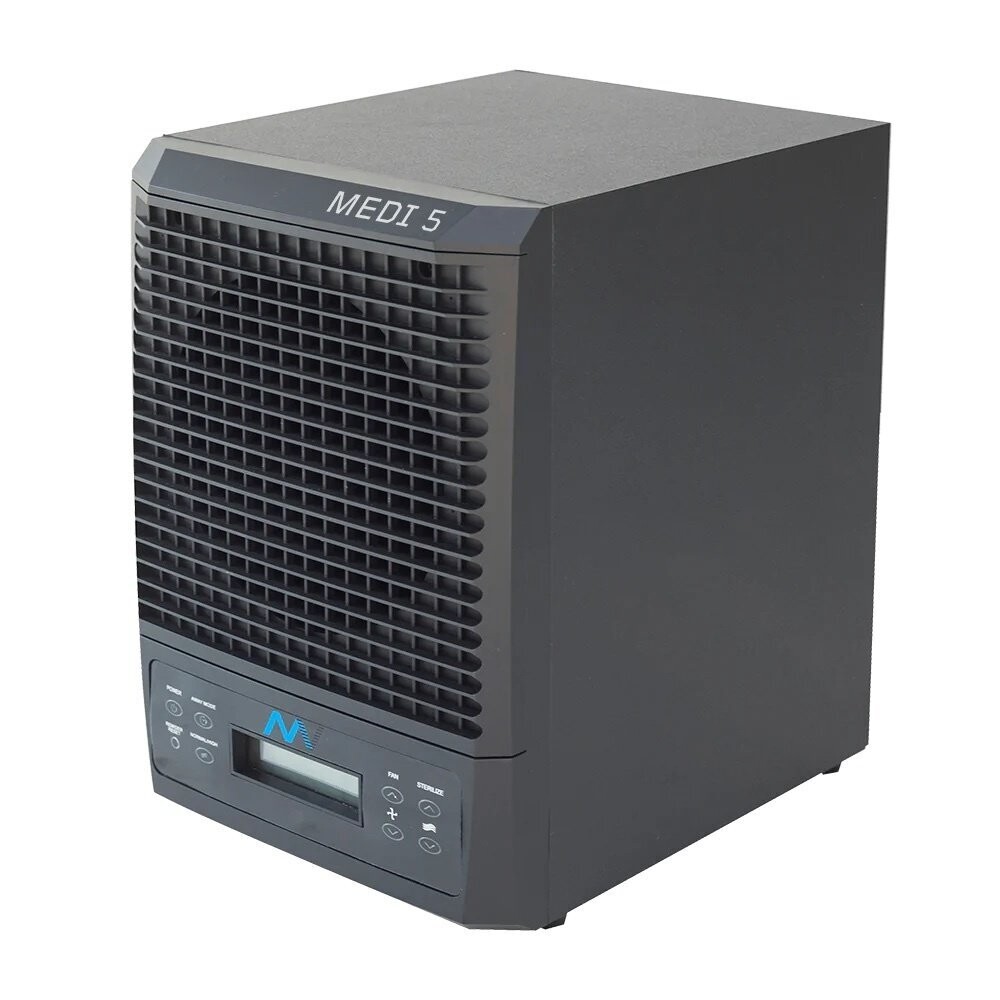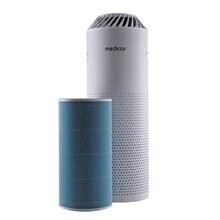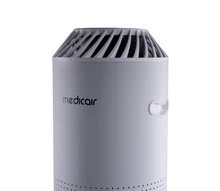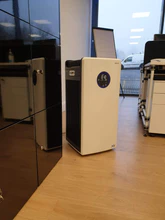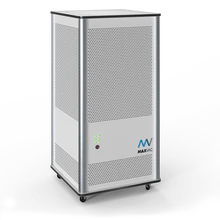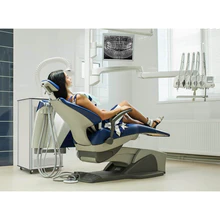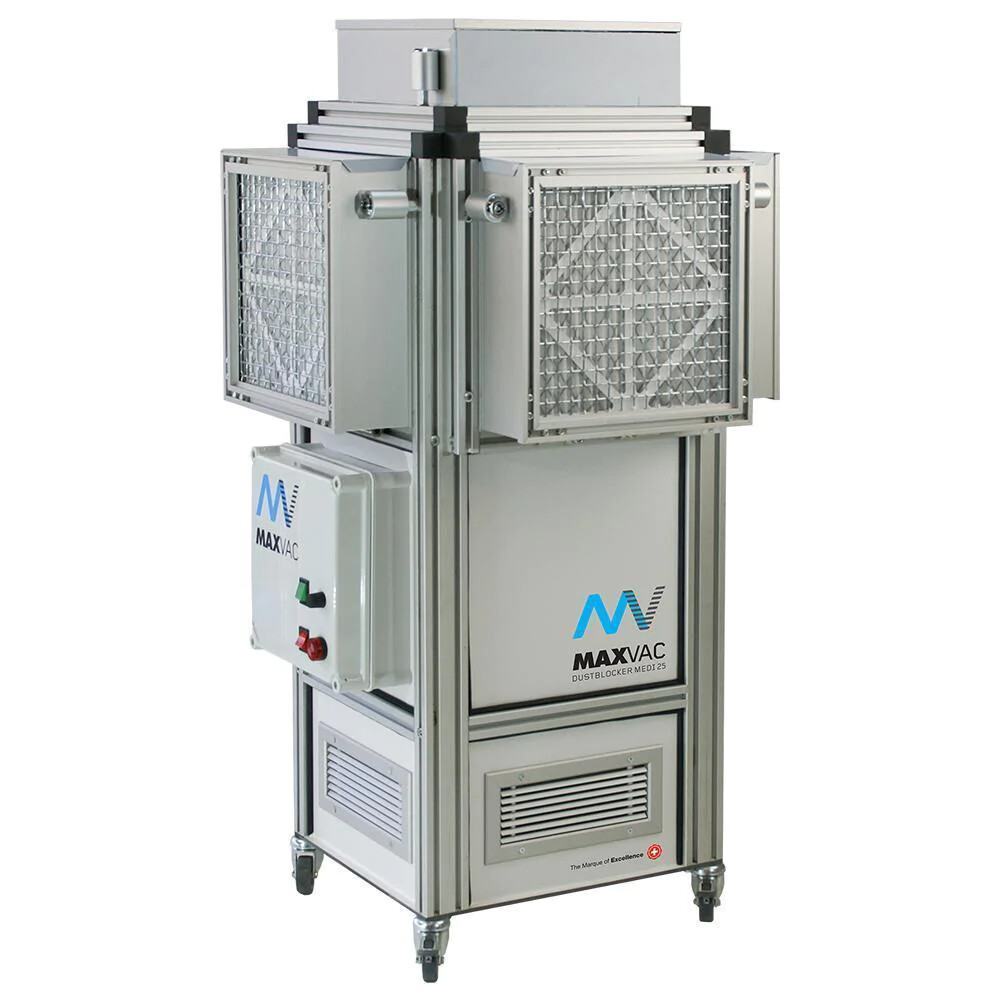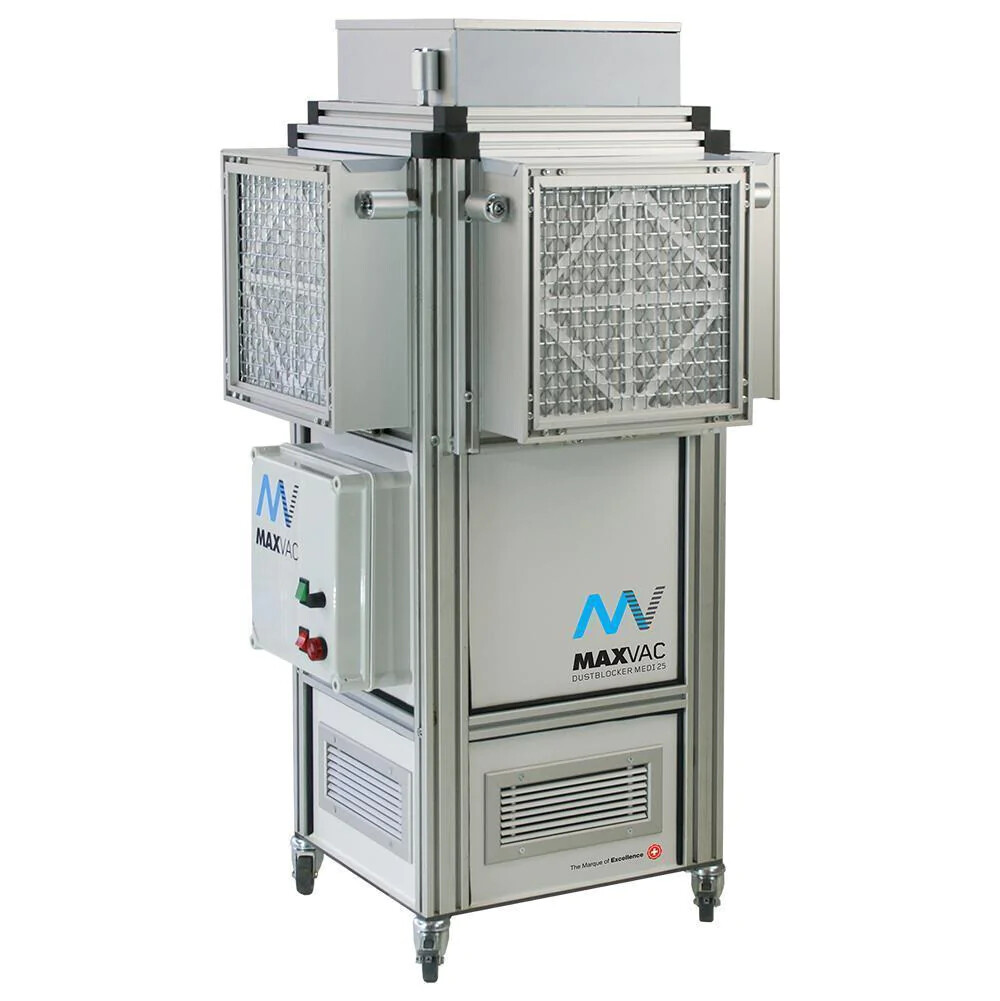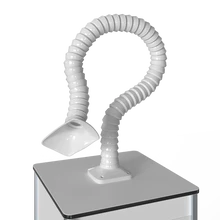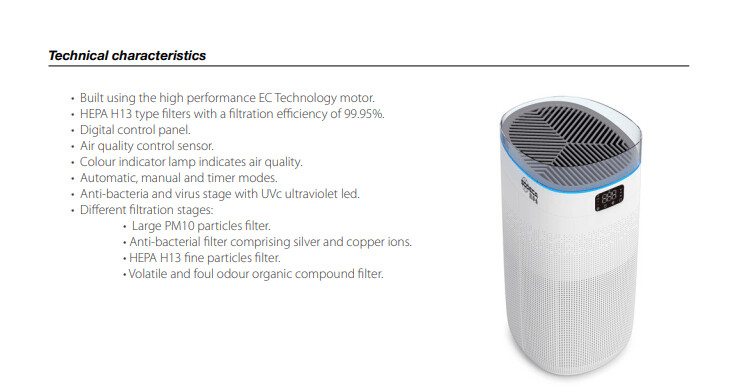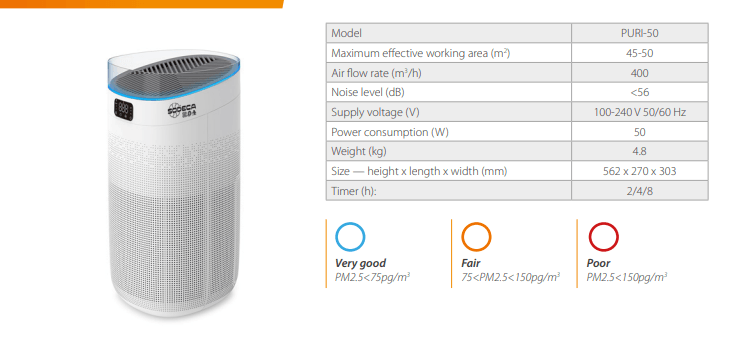The Importance of Air Quality Management
Better Ventilation, Better Environments, Better Work, Better Health
The common narrative for being healthy is centred around carrying out regular exercise and maintaining a well-balanced diet. However, an aspect overlooked far too often is indoor air quality.
The fact that we spend up to 90% of our time living, working, learning and socialising within inside spaces, it is surprising that this issue wasn’t raised more vocally until Covid changed all our frames of reference about the importance of indoor air quality.
Air Quality Affects Many Industries
Indoor air quality has been recognised as a critical issue in all types of buildings, including:
- Schools
- Hotels
- Offices
- Retail Spaces
- Leisure Facilities
- Gymnasiums
- Hospitals
- Care Homes
- Commercial Buildings
- Accommodation
We Specialise in Air Quality Assessments
Air quality testing is important to help ensure your buildings safety and compliance to the latest legal requirements.
View our Products
More about the importance of Air Quality

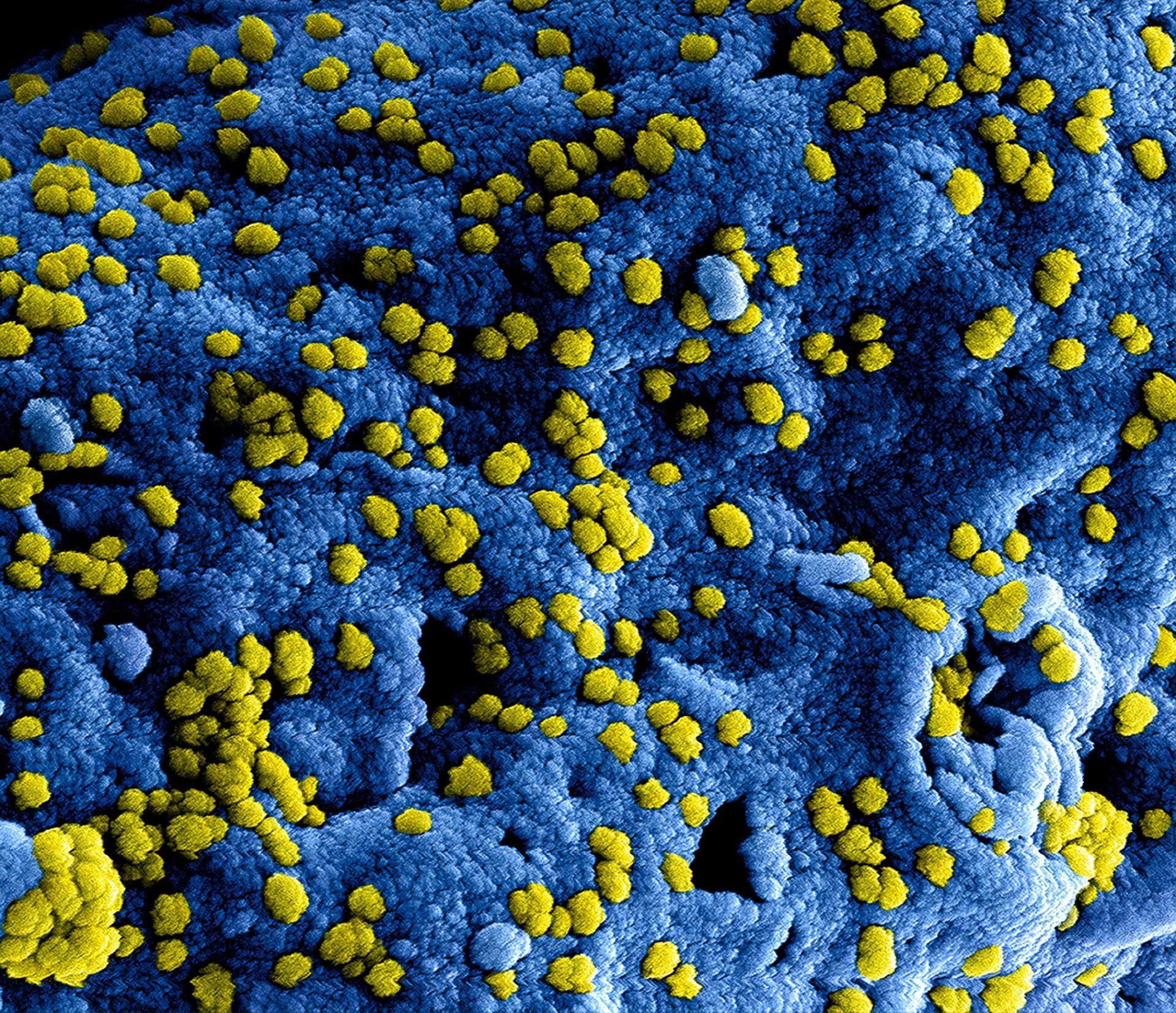

Book Your Site Survey
Our expert advice, site surveys and demonstrations are available to book nationwide.


